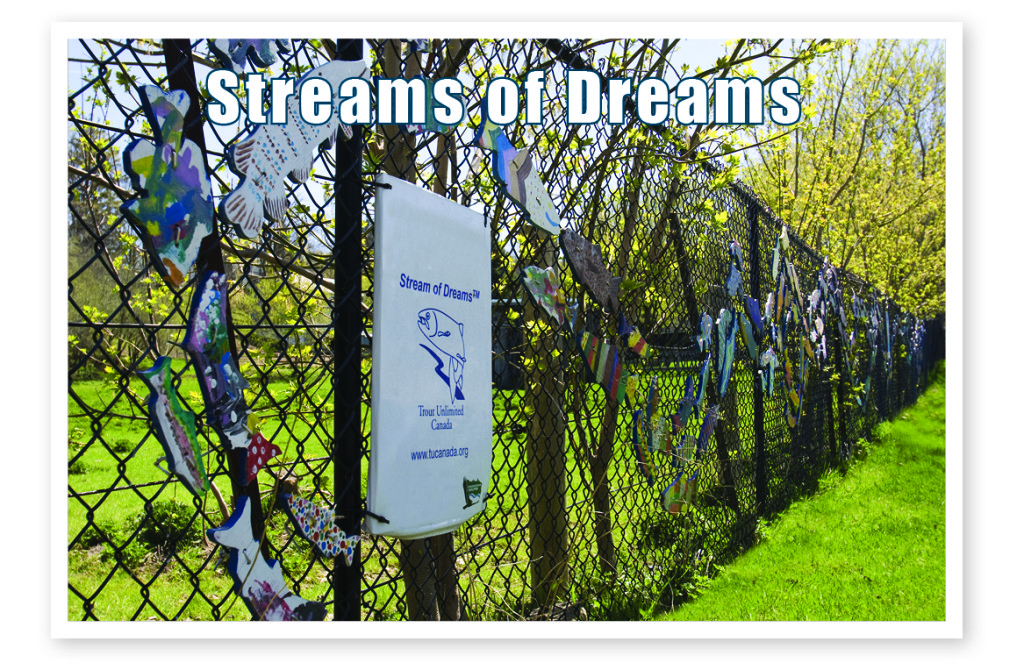Village of Lowville
(please note all communities profiled in REALINFO fall within RAHB jurisdiction)
Nestled in a valley close to Bronte Creek, the quaint village of Lowville earned its name from being the lowest point on the road between Guelph and Lake Ontario. Close by are the peaks of Mount Nemo and Rattlesnake Point.
Established: 1853
Geographic Location: In and around the intersections of Guelph Line North and Britannia Road; Bronte Creek runs through the heart of the village.
Historical facts:
- Prior to 1846, saddlebag preachers led services in Barker’s Schoolhouse located at the northeast corner of Guelph Line and Britannia Road. Colling’s Church was built in 1846 on land donated by Joseph Colling. In 1855 the church was renamed Lowville Wesleyan Methodist Church. The present church was built in 1872 on the same site. A Heritage designation was granted in 1984.
- By the 1860’s Lowville had become a very busy commercial centre. It had a hotel, blacksmith shop, saddle maker, wainwright, tanner, shoemaker, miller, post office and general store, flour mill, cheese factory, foundry for farm implements and a furniture factory.
Annual Events: Lowville Winter Games are held in Lowville Park the first Sunday of February.
- Lowville Park is located on Guelph Line. This lovely rural park was created in 1945 when William Robertson, the Reeve of Nelson Township, arranged for the purchase of part of the Featherstone farm. As this area forms part of the Niagara Escarpment, visitors can find many hiking and biking trails and take in panoramic views of Burlington, Hamilton and Lake Ontario.
- The Walt Rickli Interactive Sculpture Garden is located opposite Lowville Park and behind the Lowville Bistro. The Sculpture Garden features an ongoing rotation of hand-carved water sculptures, abstract and realistic stone sculptures as well as mixed media works. The meticulously maintained garden entices hundreds of visitors on a weekly basis to enjoy the tranquil and inspiring setting. http://www.waltrickli.com/sculpture_garden.php
- The Historical Round House is located at 6103 Guelph Line. The Thomas Pickett Octagonal House was built in 1850 by Andrew and Daniel Pickett for Thomas Pickett. It’s said that one large pine tree supplied the wood for all the doors and floors. http://www.octagon.bobanna.com/CANADA.html
Source: http://www.tackaberrytimes.com/default.asp; photo(s): Rochelle Edwards


